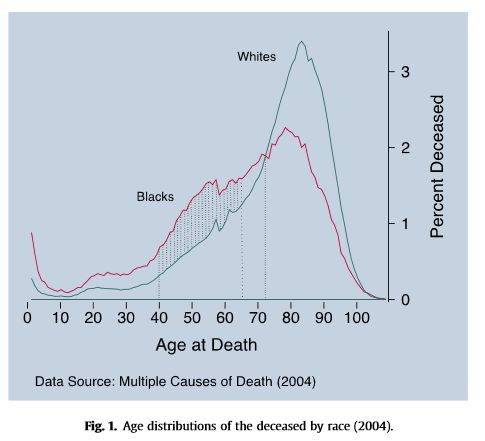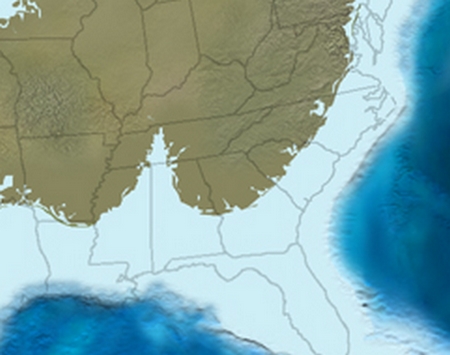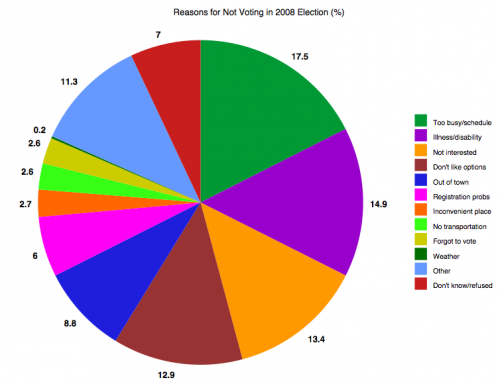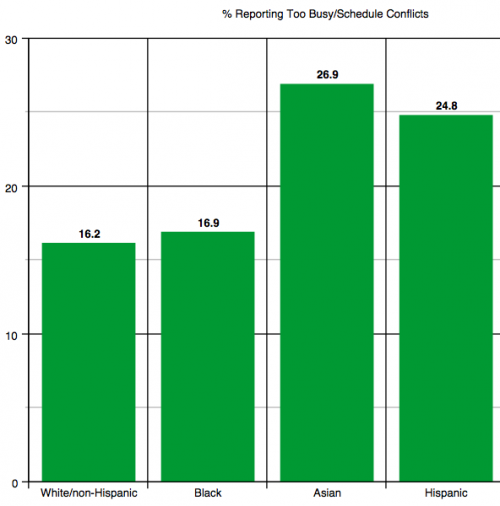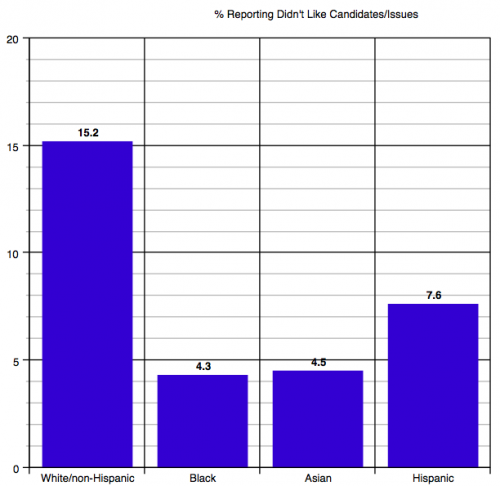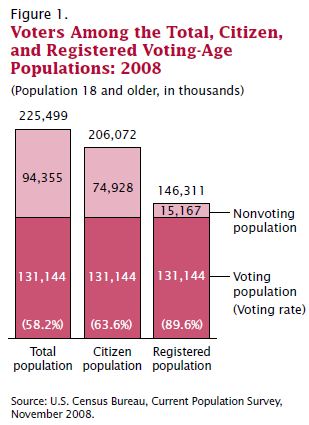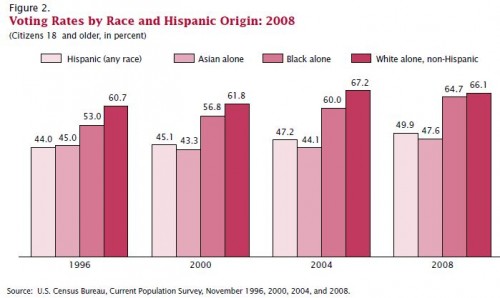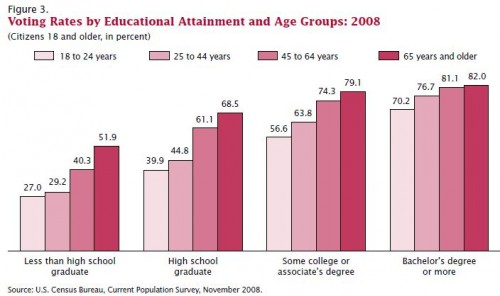Are conservatives happier than liberals. Arthur Brooks thinks so. Brooks is president of the American Enterprise Institute, a conservative think tank. And he’s happy, or at least he comes across as happy in his monthly op-eds for the Times. In those op-eds, he sometimes claims that conservatives are generally happier. When you’re talking about the relation between political views and happiness, though — as I do — you ought to consider who is in power. Otherwise, it’s like asking whether Yankee fans are happier than RedSox fans without checking the AL East standings.
Now that the 2016 GSS data is out, we can compare the happiness of liberals and conservatives during the Bush years and the Obama years. The GSS happiness item asks, “Taken all together, how would you say things are these days – would you say that you are very happy, pretty happy, or not too happy?”
Among extreme conservatives, the percent who were not happy doubled during the Obama years. The increase in unhappiness was about 60% for those who identified themselves as “conservative” (neither slight nor extreme). In the last eight years, the more conservative a person’s views, the greater the likelihood of being not too happy. The pattern is reversed for liberals during the Bush years. Unhappiness rises as you more further left.
The graphs also show that for those in the middle of the spectrum – about 60% of the people – politics makes no discernible change in happiness. Their proportion of “not too happy” remained stable regardless of who was in the White House. Those middle categories do give support to Brook’s idea that conservatives are generally somewhat happier. But as you move further out on the political spectrum the link between political views and happiness depends much more on which side is winning. Just as at Fenway or the Stadium, the fans who are cheering – or booing – the loudest are the ones whose happiness will be most affected by their team’s won-lost record.
Jay Livingston is the chair of the Sociology Department at Montclair State University. You can follow him at Montclair SocioBlog or on Twitter.





